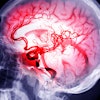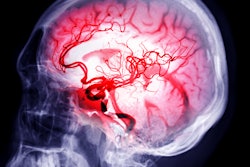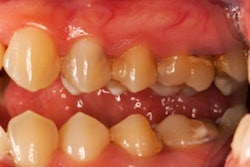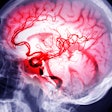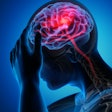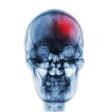
Are your adult patients with gum disease also at risk for an ischemic stroke? They may be, according to new research presented on February 22 at the American Stroke Association's International Stroke Conference 2017 in Houston.
Patients who were classified as having mild, moderate, or severe periodontal disease (PD) were generally twice as likely to have an ischemic stroke, compared with those who did not have periodontal disease.
"A graded association was noted between incident ischemic stroke and increasing levels of [periodontal profile class (PPC)]," concluded the group led by Souvik Sen, MD, MPH, professor and chair of neurology at the University of South Carolina School of Medicine.
“A graded association was noted between incident ischemic stroke and increasing levels of [periodontal profile class (PPC)].”
Levels of risk
An ischemic stroke occurs when a blood vessel supplying blood to the brain is obstructed. While it is established that periodontal disease is a risk factor for cardiovascular disease, the researchers wanted to investigate the connection between PD and ischemic stroke.
In the current study, 6,711 adults with no history of stroke were assessed for PD during the Atherosclerosis Risk in Communities Study (ARIC) between 1996 and 1999. The patients had a mean age of 62.3 years, and women comprised 55% of the study group. All subjects had full-mouth periodontal measurements taken from six sites per tooth; they were then classified into seven distinct periodontal profile classes.
Over a 15-year period after periodontal assessment, 299 ischemic strokes were reported in the study participants. The strokes were divided into the following subtypes:
- Thrombotic (clot in the brain's vessels): 47%
- Cardioembolic (clot in the heart): 26%
- Lacunar (clot in the brain's arteries): 20%
The researchers found that patients with periodontal disease were more likely to have an ischemic stroke than those without periodontal disease:
- Patients with mild periodontal disease were 1.9 times more likely to have an ischemic stroke.
- Patients with moderate periodontal disease were 2.1 times more likely to have an ischemic stroke.
- Patients with severe periodontal disease were 2.2 times more likely to have an ischemic stroke.
The likelihood of stroke was adjusted for potential confounders such as age, race, gender, body mass index, diabetes, and smoking.
The association between increasing levels of gum disease and ischemic stroke was strongest in the cardioembolic and thrombotic subtypes, the group concluded.
